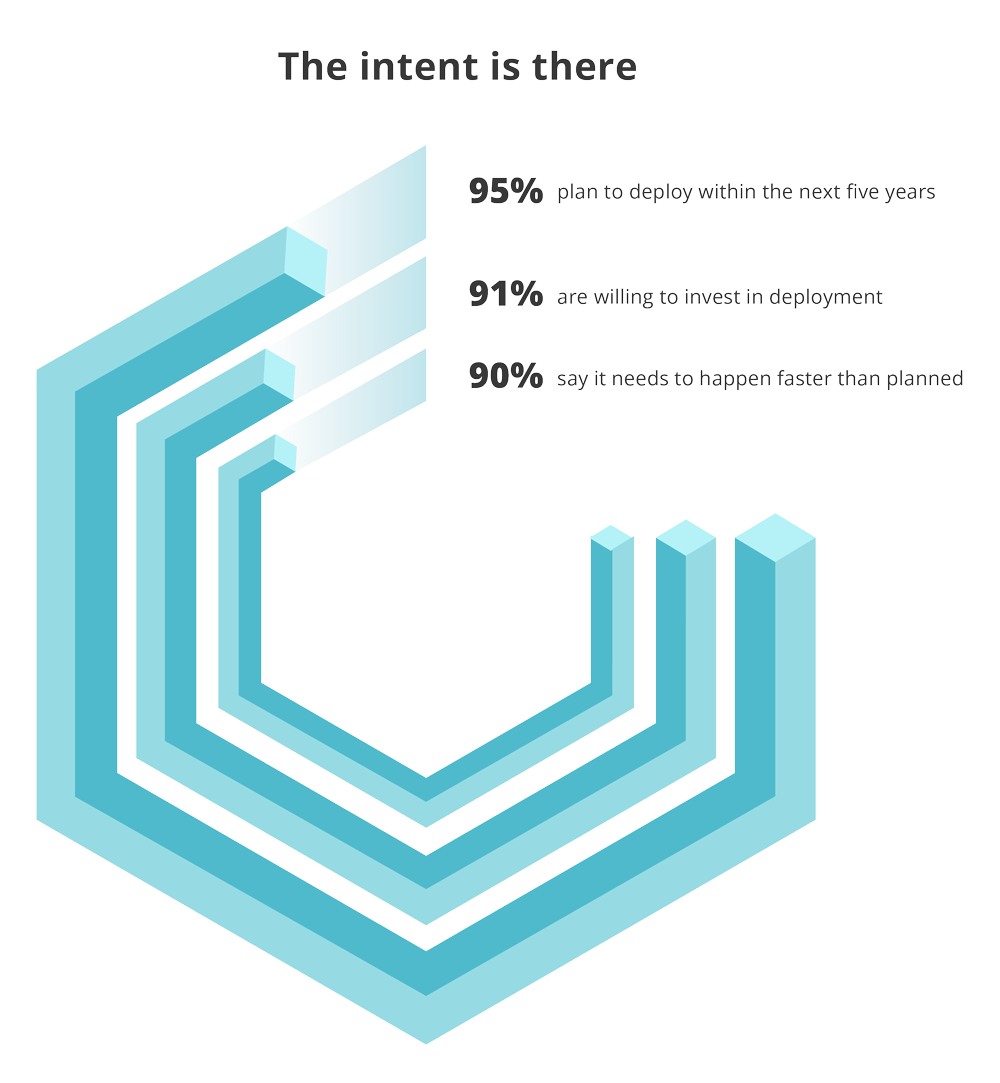Future of Telecom: Why Network Disaggregation and AI are Vital for Next-Gen Connectivity

The Impact of Hesitation in Telecom Leadership
Recent research conducted by RtBrick underscores a looming crisis in the telecom industry. A comprehensive survey of 200 senior telecom decision-makers across the United States, UK, and Australia revealed that leadership struggles to make critical decisions, hindering their ability to meet the demands of modern digital infrastructure. A staggering 93% of respondents reported a lack of executive support for deploying disaggregated network solutions, raising concerns about future network scalability and adaptability in an AI and streaming-heavy world.
The survey shines a stark light on the industry’s challenges, with 81% admitting their current network architectures are ill-equipped to handle rising bandwidth demand driven by AI and high-definition streaming services. Additionally, 84% highlighted that customer expectations for faster and cheaper broadband already outpace their capabilities, creating a disconnect between what users want and what providers can deliver. Without decisive leadership and bold advancements in network infrastructure, the telecom industry risks falling behind.
The Case for Disaggregation: A Path to Agility and Efficiency
Disaggregated networks, which replace traditional monolithic systems with modular, flexible architectures, have been hailed as the solution to telecom’s mounting obstacles. Yet, implementation remains sluggish, with only 5% of leaders confirming active deployment, while nearly half (49%) are stuck in early exploration phases. Despite these setbacks, major operators like AT&T, Deutsche Telekom, and Comcast are demonstrating significant progress by successfully deploying disaggregation, paving the way for improved network agility, operational control, and vendor flexibility.
Pravin S. Bhandarkar, CEO and Founder of RtBrick, highlights the critical role of disaggregated networks, stating, “They’re no longer an experiment but a foundation for the agility, scalability, and transparency operators need to thrive in an AI-driven future.” The survey also found that disaggregation initiatives prioritize automation and agility (57%), vendor flexibility (55%), and even sustainability (47%)—outcomes that align directly with market demands for efficient, scalable, and green solutions.
AI Integration Hinges on Network Innovation
Artificial intelligence is viewed as a powerful tool for optimizing telecom operations, with nine out of ten decision-makers planning to utilize AI for network planning, optimization, and fault resolution. However, a significant barrier remains: 93% of respondents revealed they cannot unlock AI’s full potential without real-time, actionable network data. Modernizing networks with open, modular, disaggregated architecture is not just a preference but a necessity for enabling data-driven AI implementations.
As Zara Squarey, Research Manager at Vanson Bourne, notes, “Telco leaders recognize AI’s immense potential, but without strong leadership support, specialized expertise, and adaptable architectures, disaggregation projects will continue to face delays.” The research concludes that the integration of individualized network components, driven by disaggregation, will be instrumental in pulling telecom organizations out of their stagnation.
Why Telecom Leaders Must Act Now
The ‘State of Disaggregation’ research from RtBrick offers a stark wake-up call for telecom leaders. By failing to prioritize network modernization and AI integration, providers risk falling behind competitors and alienating customers who demand faster and more affordable broadband services. As operational complexity and bandwidth demand grow, the path forward is clear: embrace disaggregated networks to enable scalability, efficiency, and innovation that will shape the future of connectivity.
With early adopters already reaping the rewards of modernized architectures, other operators must accelerate their efforts to stay competitive. The race toward the future of telecom will be defined by agility, automation, and the willingness to embrace change—qualities that disaggregated networks and AI-driven solutions are designed to deliver.



